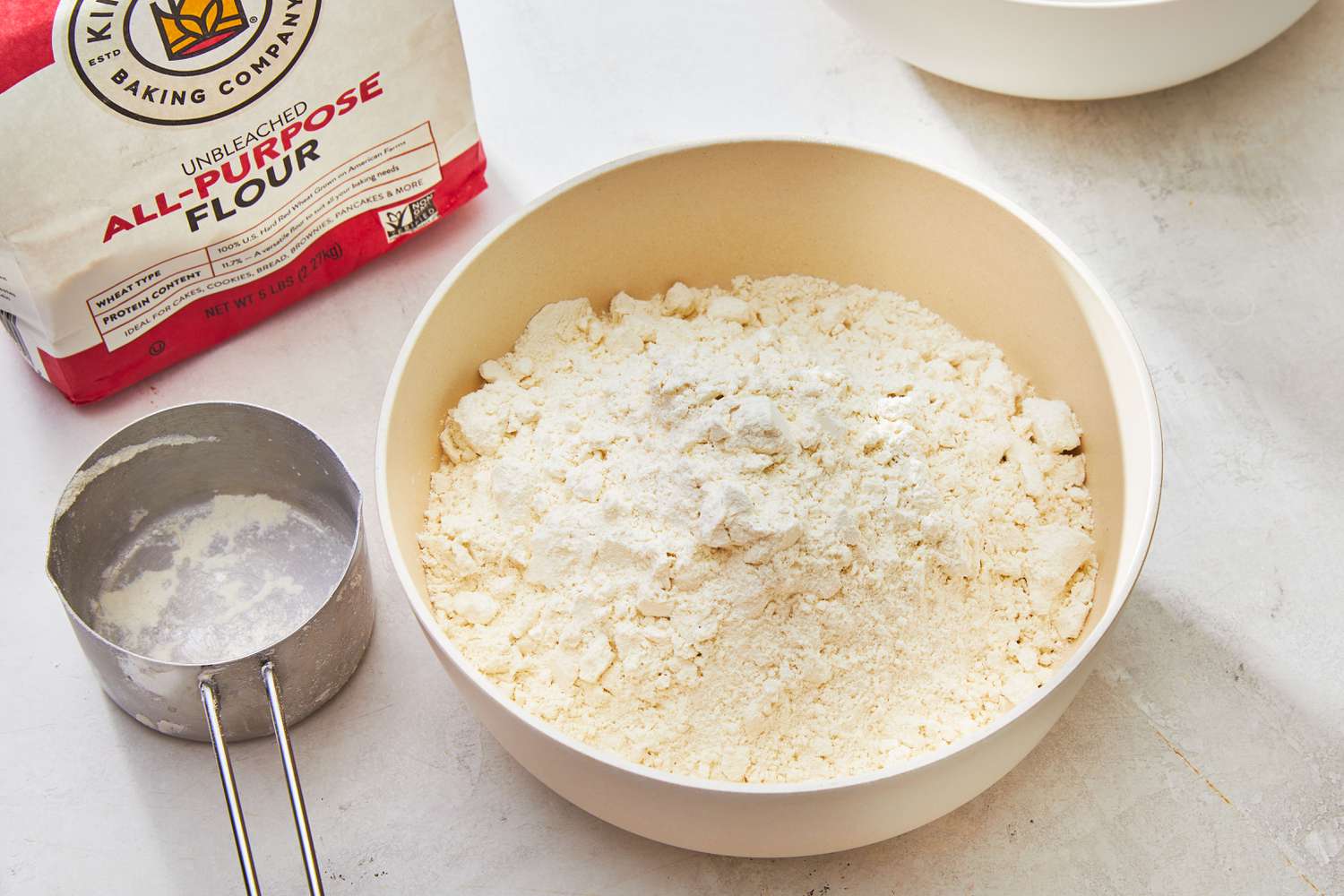How Many Cups in a 5-Pound Bag of Flour? A Baker’s Guide to Measurement Conversions
Flour, a fundamental ingredient in countless baked goods, comes in various package sizes. A common question for bakers both new and experienced is: how many cups of flour are in a 5-pound bag? The answer, while seemingly straightforward, can involve a surprising amount of nuance. This comprehensive guide explores the factors affecting flour measurement conversions and equips you with valuable tips for accurate baking.
Understanding the Conversion: Weight vs. Volume
The key to understanding flour measurement conversions lies in grasping the difference between weight and volume. A pound (lb) is a unit of weight, while a cup (c) is a unit of volume. The conversion between them can vary depending on the density of the ingredient.
For instance, a cup of feathers will weigh much less than a cup of sugar because feathers have a lower density. Similarly, the type of flour can affect the conversion rate due to variations in density and granularity.
All-Purpose Flour: The Conversion Benchmark
A 5-pound bag of all-purpose flour generally translates to approximately 18 cups of flour. This conversion rate assumes a standard cup measurement in the United States (typically 240 milliliters or 8 fluid ounces) and a specific density for all-purpose flour.
Important Note: This is an approximate conversion and might not be exact depending on the brand of flour and packing methods.
Why the Conversion Isn’t Always Exact: Exploring the Variables
Several factors can influence the conversion between a 5-pound bag of flour and cups:
- Flour Type: As mentioned earlier, different flours (bread flour, whole wheat flour, cake flour, etc.) have varying densities due to their protein content and grind size. A denser flour will pack more tightly into a cup, yielding a different amount compared to all-purpose flour.
- Packing Density: How loosely or tightly the flour is packed in the bag or cup can affect the conversion. Scooping flour directly from the bag can result in a denser measurement compared to the spooning and leveling technique recommended in baking.
- Settling: Flour can settle over time in the bag, becoming more compact. This can slightly alter the conversion rate compared to freshly purchased flour.
Ensuring Accuracy: Baking with Confidence
Here are some tips for ensuring accurate flour measurement and achieving successful baking results:
- Use the Spooning and Leveling Technique: For the most consistent results, adopt the spooning and leveling method. Dip your spoon into the flour bag and gently tap the side of the spoon to remove excess flour. Level the top of the spoon with a straight edge (like a knife) without tapping or packing the flour.
- Invest in a Kitchen Scale: A kitchen scale provides the most precise way to measure flour by weight. Many baking recipes list ingredients by weight for optimal accuracy. If a recipe only provides cup measurements, look for conversion charts specific to the flour type being used.
- Account for Different Flour Types: If using a flour type other than all-purpose flour, consult a conversion chart or the brand’s website for recommended cup equivalents per pound.
Frequently Asked Questions (FAQ)
1. I don’t have a kitchen scale. Can I still bake successfully using cups?
Yes, you can still achieve good results using the spooning and leveling technique. However, for maximum accuracy and consistency, especially in delicate recipes, a kitchen scale is highly recommended.
2. Is it okay to scoop flour directly from the bag?
Scooping directly from the bag can pack the flour more densely, leading to using more flour than intended in your recipe. The spooning and leveling method ensures a lighter and more accurate measurement.
3. My recipe calls for grams of flour. How do I convert from cups?
One cup of all-purpose flour is approximately equal to 120 grams. However, this can vary depending on the flour type. Refer to conversion charts or the specific brand’s website for the most accurate conversion for your flour.
4. What happens if I use slightly more or less flour than the recipe calls for?
Minor variations in flour measurement might not significantly impact your baking results. However, significant deviations can affect the texture and consistency of your baked goods. Using too much flour can result in a dry and dense product, while too little flour can lead to a crumbly or sticky outcome.
5. Where can I find conversion charts for different flours?
Many baking websites and recipe resources offer conversion charts for various flours. Additionally, the website or packaging of your specific flour brand might provide conversion information.






More Stories
Where to Watch USMNT vs Jamaica National Football Team
How I Met My Monster
How Should a Ring Fit